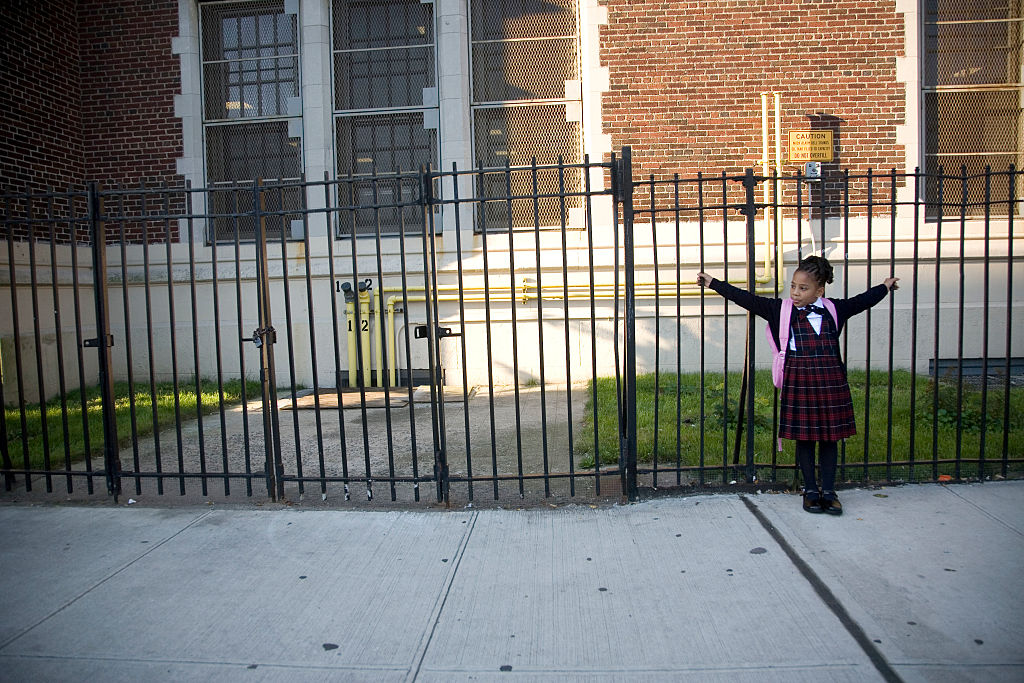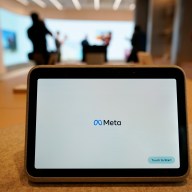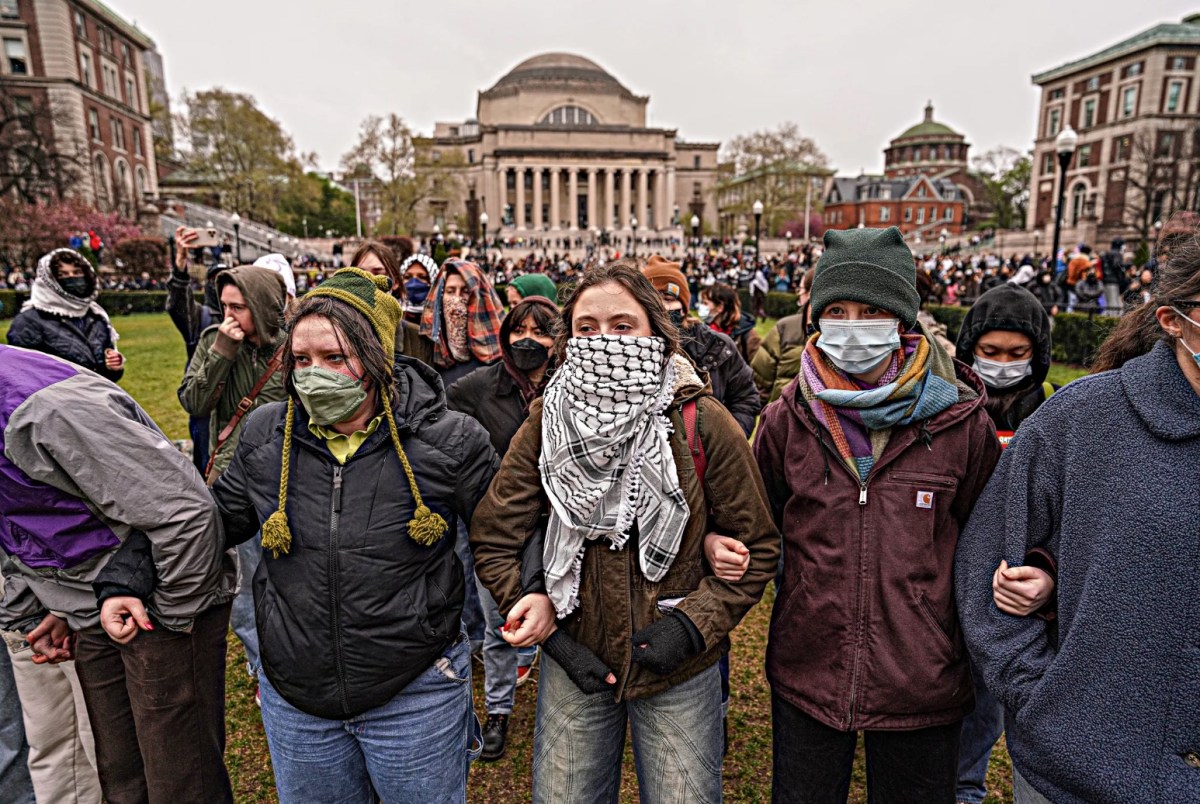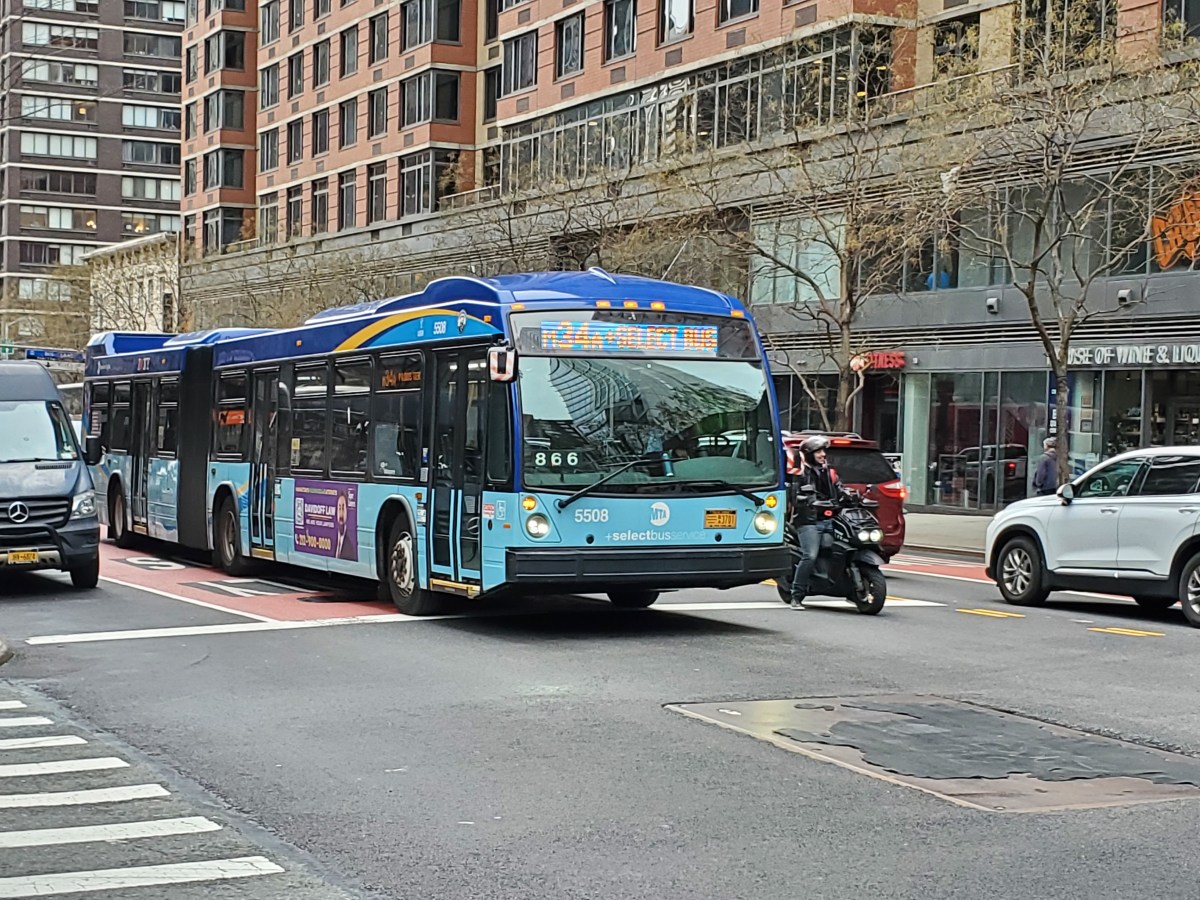Despite being one of the most diverse cities in America, its public school system is one of the most segregated. New York’s Department of Education has formed the Diversity Advisory Group to address this problem, whose latest report calls for the city to address its long history of racial injustice and segregation if it hopes to create a more equitable future for its public schoolchildren.
“We want to begin by acknowledging that our city was built on the foundation of European colonialism and the displacement of our region’s native peoples,” the report reads. “It is instructive to consider how our school district has been shaped by the city’s enduring legacy of colonialism, battles over religion, assimilation of multilingual immigrants, race-based redlining of neighborhoods, civil rights-era tensions over school control and more recent admissions policies around school choice.”
The plan released on Tuesday outlines its suggestions around the “5 Rs”: Race and enrollment, Resources, Relationships, Restoritive justice and practices and Representation. Fundamentally, the Diversity Advisory Group hopes that New York’s public schools will “look more like the city” in the long run, as well as empowering students and parents to have a say in the integration process, such as putting accountability systems in place to make student voices heard, and giving student representatives monthly meetings with Schools Chancellor Richard A. Carranza.
“Youth voice and presence is often tokenized, ignored or silenced when discussing integration,” write student representatives of IntegrateNYC in a foreword to the report. “Young people are directly impacted by segregation, and should be leading the movement to achieve real integration in our city’s schools.”
In addition to achieving demographic representation in enrollment and community involvement, the report suggests appointing a “Chief Integration Officer” to actively steer the Department of Education to follow the spirit of the report, rather than the letter. Diversity in school staff is just as important as diversity among the student body, the report argued, and advocated for establishing “career pipelines” for students and parents to join school administration.
Part of this plan involves destroying the “school-to-prison” pipeline–the Diversity Advisory Group offered moving school-assigned police under Department of Education jurisdiction as a possible solution to overly racialized policing of students of color.
“Integration is not just desegregation, or simply providing access to white schools for nonwhite students,” the report reads. “We seek 21st-century integration rather than 20th-century desegregation, a process that de-centers whiteness and aims for equitable access, opportunity and success for all students.”
The report pointed to serious failures in both the city’s current definition of “integrated” and its practice of desegregation of its schools. According to the Diversity Advisory Group, “less than 90 percent of the students being the same race” is not ambitious enough of a definition of desegregated.
“We recommend, in the medium-term, that the DOE set the current goal by borough and make the goal that school demographics reflect the average of borough demographics of school-aged children,” the report reads.
Going by these standards, almost half of the public schools in New York have at least a 20 percent mismatch between the racial makeup of their districts and their student bodies.
“These goals cannot be stagnant,” the report reads. “We believe strongly that building a diverse and equitable public education system in New York City requires listening to the voices of the people and communities who have been historically left out of the policy-making process.”



















